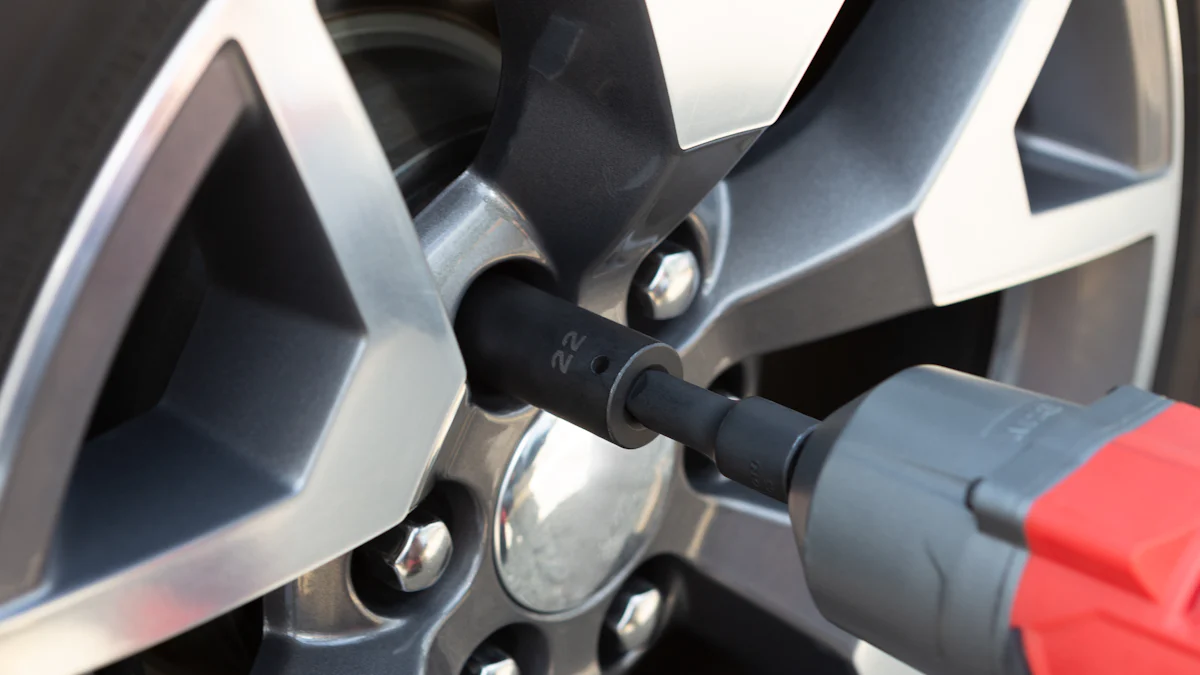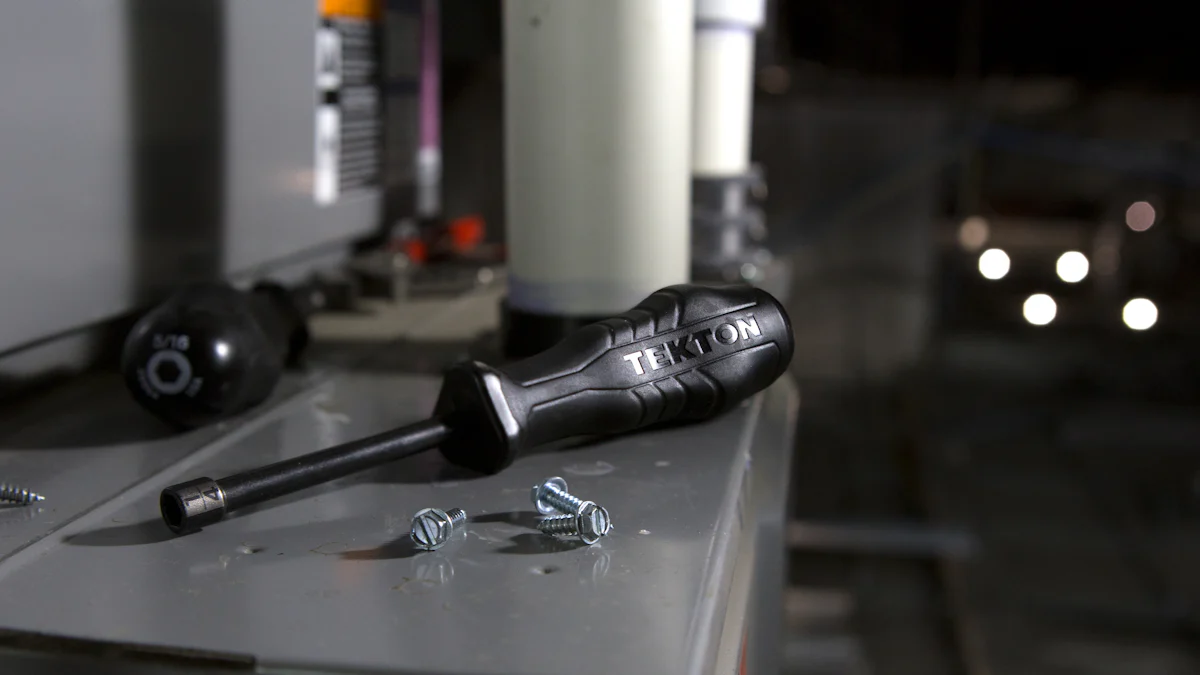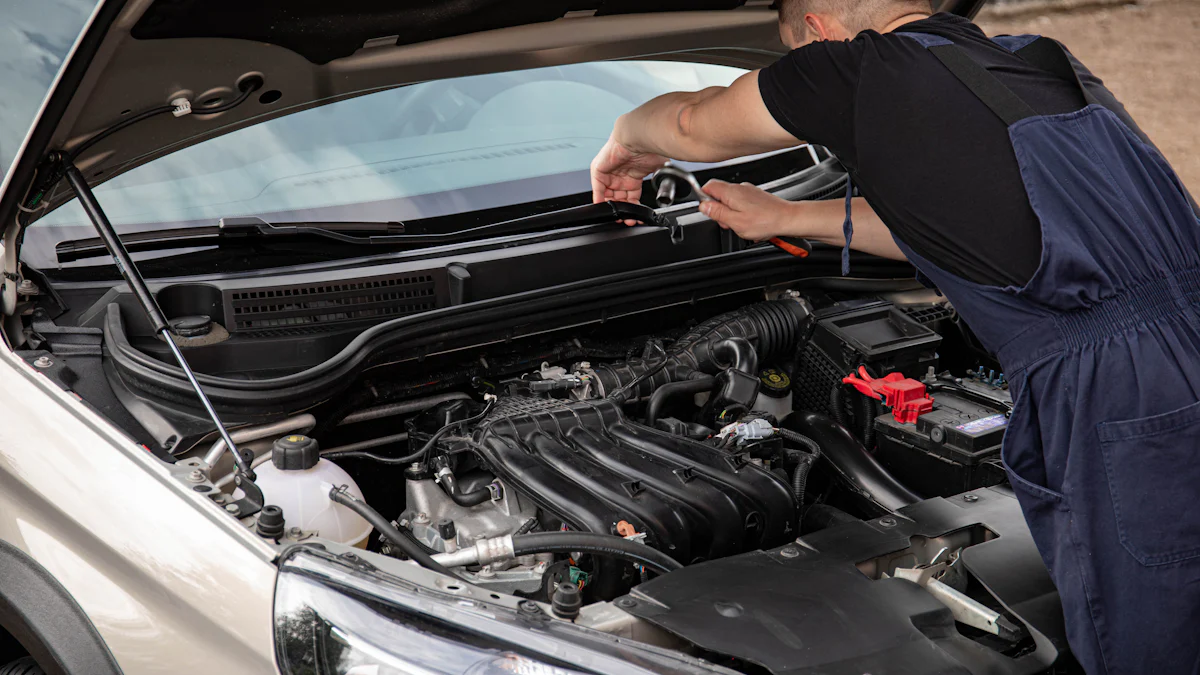
A torque wrench is a precision tool that applies a specific amount of force to a fastener, such as a nut or bolt. Using torque wrenches correctly ensures accurate tightening, preventing potential damage and ensuring safety. Mastering the use of torque wrenches offers numerous benefits, including enhanced precision and efficiency in various mechanical tasks.
Understanding Torque Wrenches

What is a Torque Wrench?
Definition and Purpose
A torque wrench is a precision tool designed to apply a specific amount of force to fasteners like nuts and bolts. This tool ensures accurate tightening, which prevents damage and enhances safety. Torque wrenches are essential in various mechanical tasks, including automotive repairs, machinery maintenance, and construction projects.
Common Uses
Torque wrenches find application in numerous fields. Automotive mechanics use them for engine assembly and wheel lug nut tightening. Industrial workers rely on torque wrenches for assembling machinery and equipment. Construction professionals use these tools to ensure structural integrity by accurately tightening bolts and screws.
Types of Torque Wrenches
Click Type
The click torque wrench is popular for its simplicity and reliability. Users preset the desired torque level, and the wrench produces an audible click when that level is reached. This click indicates that the correct torque has been applied, preventing over-tightening. Click torque wrenches come in various sizes and torque limits, making them suitable for a wide range of tasks.
Beam Type
Beam torque wrenches feature a simple design with a long beam and a scale. As the user applies force, the beam bends, and the pointer indicates the torque level on the scale. These wrenches are durable and do not require calibration. However, users must read the scale accurately to ensure proper torque application.
Digital Type
Digital torque wrenches offer advanced features and high precision. These wrenches have a digital readout screen that displays the torque level. Users can program the desired torque limit, and the wrench provides visual and audible alerts when approaching and reaching the set torque. Some models store torque measurements for record-keeping and auditing purposes. Digital torque wrenches have become more affordable and accessible, making them popular among automotive mechanics.
Split Beam Type
Split beam torque wrenches combine the simplicity of beam wrenches with the convenience of click wrenches. These wrenches have a split beam design that reduces friction and wear. Users preset the torque level, and the wrench clicks when the desired torque is reached. Split beam torque wrenches are durable and require less maintenance compared to other types.
How to Use a Torque Wrench

Preparation
Selecting the Right Torque Wrench
Choosing the correct torque wrench depends on the task at hand. Automotive mechanics often use click type wrenches for wheel lug nuts. Industrial workers may prefer digital types for machinery assembly. Construction professionals might select beam types for structural work. Always match the torque wrench to the specific job requirements.
Setting the Desired Torque
Setting the desired torque involves adjusting the wrench to the required specification. Turn the handle clockwise to increase torque and counterclockwise to decrease it. Align the top edge with the horizontal hash mark closest to the required torque. Ensure accuracy by double-checking the setting before use.
Application
Positioning the Wrench
Position the torque wrench correctly on the fastener. Hold the body of the wrench with your nondominant hand to prevent movement. Place the socket over the fastener, ensuring a snug fit. Proper positioning ensures accurate torque application.
Applying Force
Apply force steadily and smoothly. Use one hand to hold the pivot in place and the other on the handle. Rotate the wrench until the desired torque is reached. For beam style wrenches, apply force at a 90-degree angle to the handle. This method ensures precise torque application.
Listening for the Click (for click type)
For click type torque wrenches, listen for the audible click. The click indicates that the desired torque has been reached. Stop applying force immediately to avoid over-tightening. This feature helps maintain accuracy and prevents damage to fasteners.
Post-Use Care
Cleaning the Wrench
Clean the torque wrench after each use. Wipe down the tool with a clean cloth to remove any dirt or debris. Avoid using harsh chemicals that could damage the wrench. Regular cleaning extends the life of the tool.
Storing Properly
Store the torque wrench in a protective case. Keep the wrench in a dry, cool place to prevent rust and corrosion. Avoid dropping or mishandling the tool. Proper storage maintains the accuracy and longevity of the torque wrench.
Tips and Best Practices
Avoiding Common Mistakes
Over-Tightening
Over-tightening fasteners can cause significant damage. Excessive force can strip threads, break bolts, and compromise the integrity of the assembly. Always adhere to the specified torque values for each task. Use torque wrenches to apply precise force, ensuring that fasteners remain secure without causing damage.
Under-Tightening
Under-tightening poses safety risks. Loose fasteners can lead to mechanical failures and accidents. Ensure that torque wrenches are set to the correct specifications before use. Double-check the settings to avoid under-tightening. Properly tightened fasteners maintain the structural integrity of assemblies.
Calibration and Maintenance
Regular Calibration
Regular calibration ensures the accuracy of torque wrenches. Calibration checks should occur at least once a year or after every 5,000 cycles of use. Professional calibration services provide the most reliable results. Accurate torque wrenches improve the quality of tasks and prevent potential issues caused by incorrect torque application.
Signs of Wear and Tear
Inspect torque wrenches for signs of wear and tear. Look for cracks, worn-out parts, and any other visible damage. Replace damaged components immediately to maintain the tool’s accuracy. Regular maintenance extends the lifespan of torque wrenches and ensures consistent performance.
Mastering the use of torque wrenches proves essential for anyone involved in mechanical tasks. Regular practice and diligent maintenance ensure accurate and reliable performance. Proper use of torque wrenches enhances safety and efficiency in various applications. As one user testified, “I love using torque wrenches; they are my go-to tool.” Embrace the benefits of torque wrenches to achieve precision and prevent potential damage.
See Also
Discovering the Assortment of Socks for Males and Females
